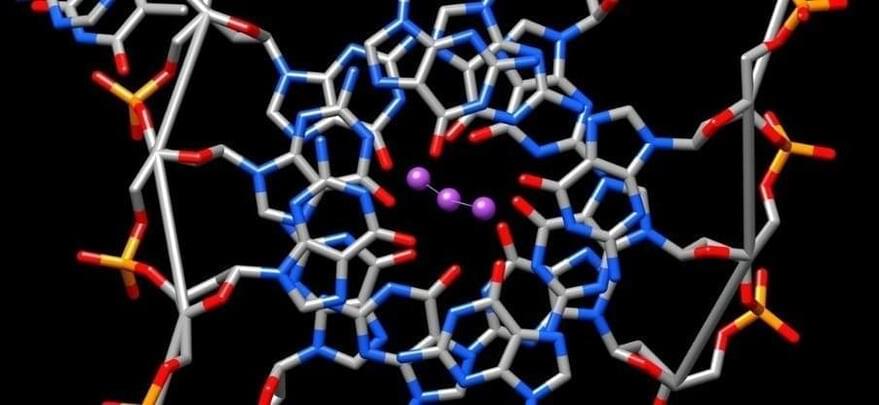The double-helix structure has practically become synonymous with DNA, but it isn’t the only way long strands of genetic information squeeze themselves into a tight space.
When a double-strand of DNA doubles back on itself or attaches to another double-strand, it can actually create a quadruple-stranded knot, known as a G-quadruplex.
Scientists first discovered these ‘double-double-helixes’ in living human cells in 2013, and in the years since, these knots have been found in high concentrations in cancerous cells.
